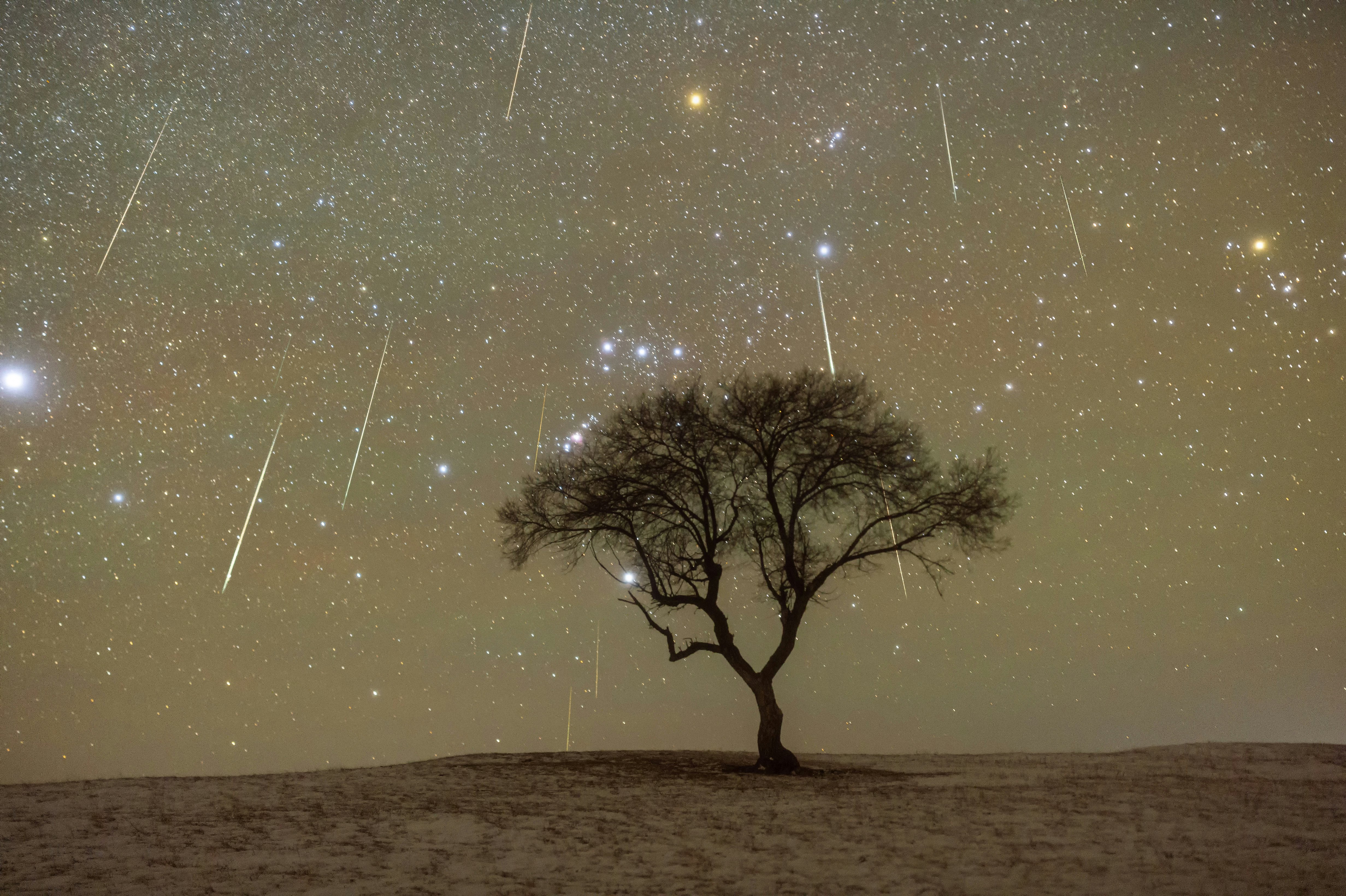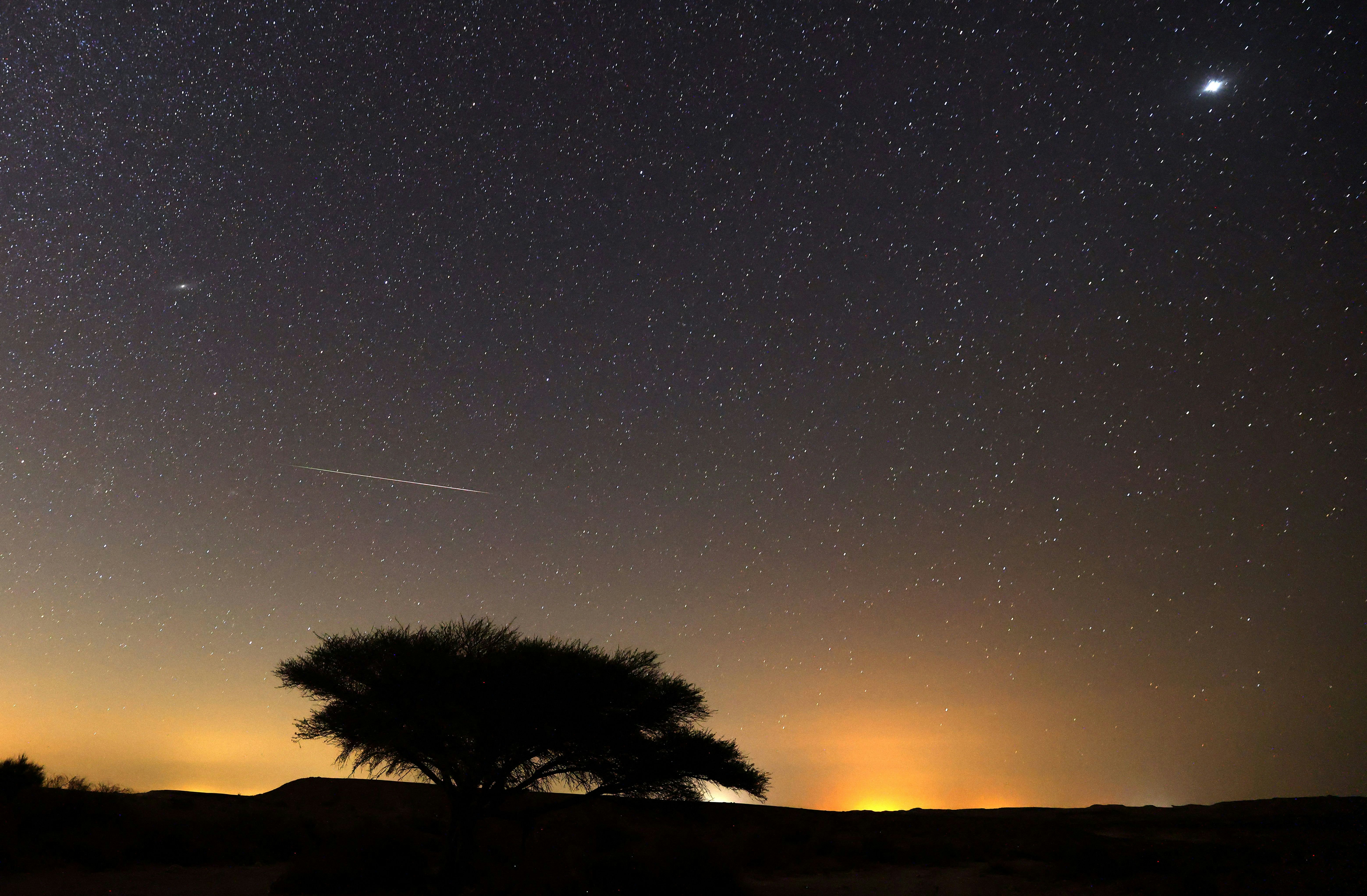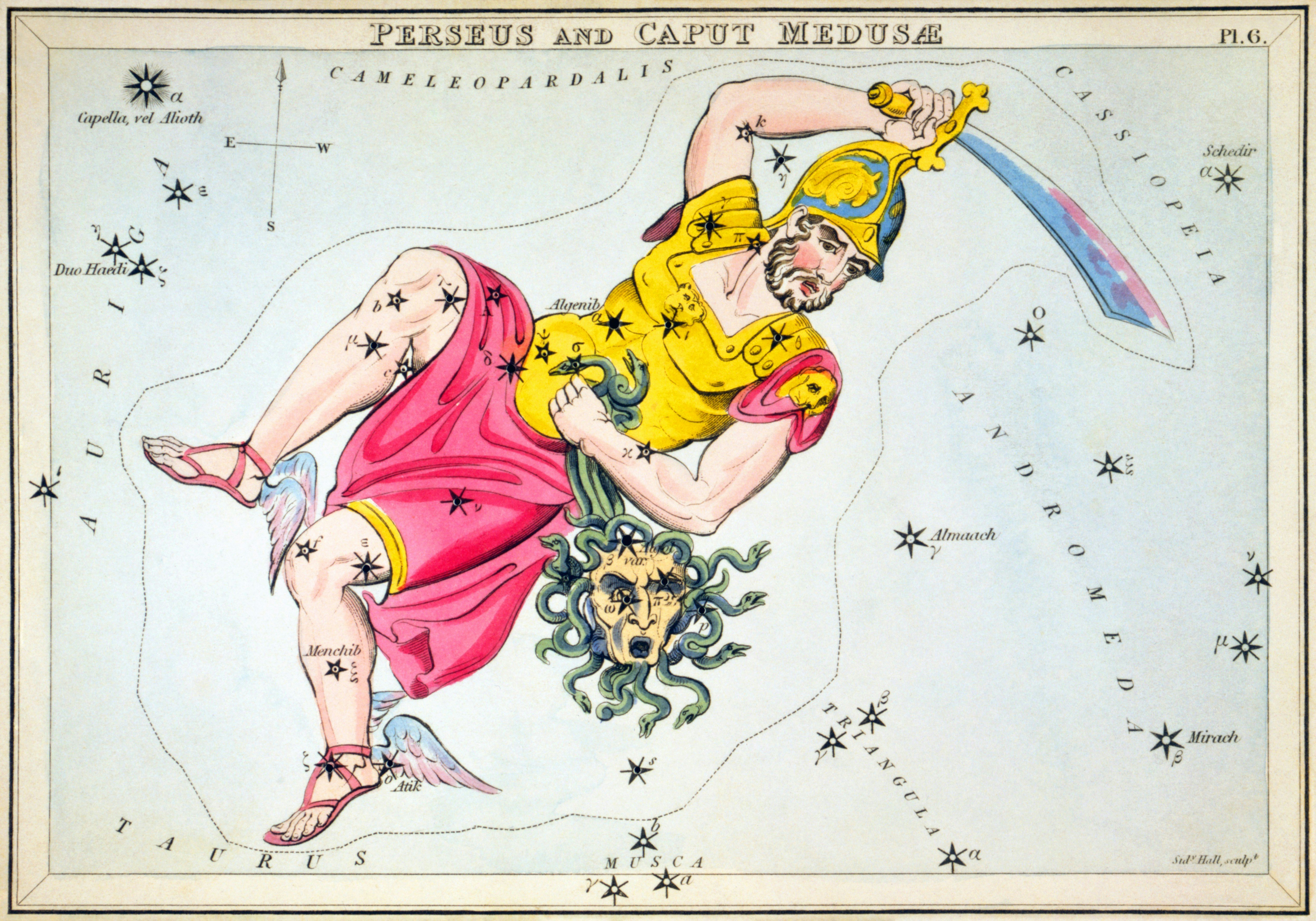
The Perseids are one of the best meteor showers of the year, so it’s an event not to miss. Head outside to see the peak overnight on Thursday, August 11 and Friday, August 12 and get ready for the show.
While we (unfortunately) have a very bright Moon competing with the Perseids this year, if you head outside after midnight local time the Moon should be below the horizon so that you can enjoy the sights.
Otherwise, NASA informs us the meteors are at least moderately active between July 14 and August 24.
What causes meteor showers?
The Perseids are the most famous example of “shooting stars” or meteor showers, but in all cases the meteors come from a similar origin story.
The Earth, as it moves in its orbit around the Sun, sometimes bumps into a dust stream left behind by comets (icy snowballs) or asteroids (space rocks). As the dust particles slam into our upper atmosphere, they create fiery, harmless trails that generate a sight you can see from the ground.
Seeing the show is a reminder of our solar system’s history, as comets and asteroids are primordial small worlds from before the Moons and planets came together. Over the eons and due to the Sun’s gravity, these small worlds slowly fall apart and leave behind these dusty zones that generate the meteors.

How old is the Perseid meteor shower?
It appears that the Perseids have been observed at least as far back as 1037, according to Sky & Telescope, although we didn’t fully understand the shower was “periodic” or recurring until the 1830s.
On November 12-13, 1833, American astronomers noted a flood of meteors coming from the constellation Leo at more than 1,000 meteors a minute. These meteor “storms” are quite rare, but prompted more scientific investigation.
Edward Claudius Herrick confirmed the shower in 1837 and helped search the historical record, with assistance from Yale University professor (and one of his associates) Denison Olmsted, who investigated the 1833 shower in more detail.
The meteor shower originates with Comet 109P/Swift-Tuttle, which last made a pass in our inner solar system in 1992 before leaving for another 133 years. Swift-Tuttle was discovered in 1862 during its previous close encounter to our planet.
Where to see the Perseid meteor shower
The Perseids appear to come from the constellation Perseus, which rides high in the northern sky and makes the shower far less visible in the southern hemisphere. Perseus is very close to the famous “W” that makes up Cassiopeia. (Note that here we are using the official constellations designated by the International Astronomical Union; your culture or region may have different descriptors of these sky regions.)
Don’t worry about looking too hard for Perseus. As long as you have your eyes somewhere nearby, you’ll have a better chance of spotting streaking meteors anyway. Also, don’t worry about telescopes or binoculars; your bare eyes will do just fine to watch the show.
The Perseids are best visible after 2 a.m., so head outside roughly 20 minutes beforehand to let your eyes adjust to the darkness. Bring a chair to stay comfortable and perhaps some bug spray, too. If you must consult a sky chart with light, use red filters or tape to cover your flashlight or phone. That’s to preserve your night vision.

Perseid meteor shower 2022 prediction
NASA predicts the Perseids will generate roughly 100 meteors an hour in 2022 at its peak, although you’ll see far more when the Moon is below the horizon. Happily, these are bright meteors that should be easy for everyone to spot.
“With very fast and bright meteors, Perseids frequently leave long ‘wakes’ of light and color behind them as they streak through Earth's atmosphere,” NASA says. The Perseids are also famous for their fireballs, which arise from larger collections of material that hit the Earth in our upper atmosphere, all quite harmlessly.
When is the next meteor shower in 2022?
The next meteor shower will be the Draconids, which peak on Saturday, October 8. Another show to look forward to is the Leonids, which generate a few, bright meteors every hour and will peak on Thursday, November 17.







